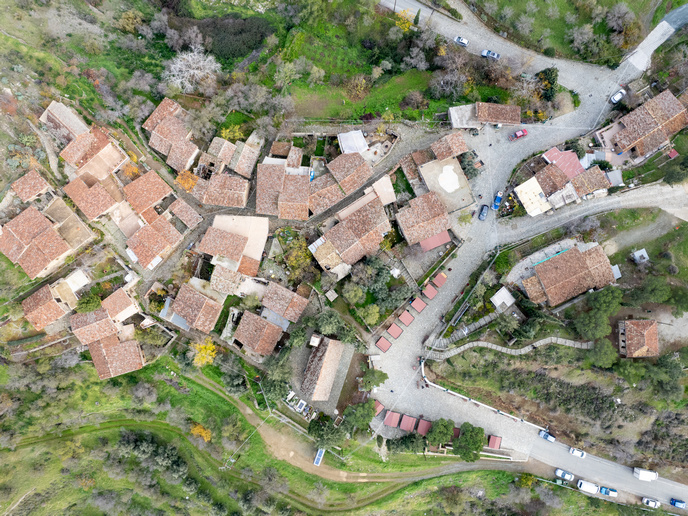Leading the way for gender- and diversity-sensitive smart mobility
In the EU transport sector, women are a minority representing about 22 % of the workforce. It is a field where women face higher risks and burdens than men because they do not have equal access to, among others, resources, education and job opportunities. Without strenuous efforts, future transport systems will also fail the needs of many potential users including women, those with disabilities, on lower wages, children, the elderly and those from ethics groups, and will further structural inequality. In this context, the EU-funded TInnGO project set out to develop gender- and diversity-sensitive smart mobilities and solutions for sustainable European transport. “Our aim was to present gender and diversity in smart transport as a game changer for urban metropolises and provide tools and methods which could be used for operators, employers, designers, planners and policy makers to increase gender and diversity sensitive design and decision making,” explains Andree Woodcock, principal investigator and professor at Coventry University.
Bringing change to the transport sector
A paradigm shift is needed so that transport, research and innovation can become more integrated with and responsive to societal, economic and cultural factors. “In terms of creating this paradigm shift, TInnGO’s outputs include policy briefs, guidelines, gender and diversity action plans, training material and the gender smart mobility charter. This is together with action research of the 10 national hubs which provide a means of challenging the lack of diversity and the prevailing quantitative approaches to understanding mobility,” outlines Woodcock. Twenty organisations, including seven higher education institutes and research institutes, four municipalities and nine transport consultants, from 13 countries set up the 10 national hubs located in France, Germany, Greece, Italy, Portugal, Romania, Spain, United Kingdom, and the Baltics and Scandinavia. “The hubs have gathered gender mobility data, generated intersectional analysis, developed gender and diversity action plans, produced best practices and case studies, designed training materials and tools, co-created solutions and raised awareness of gender-sensitive smart mobility by publishing articles, among other activities,” highlights Woodcock.
Comprehensive observatory for smart mobility
The main output of the project, however, is the development of an observatory in European transport that is fed by the 10 hubs. “The observatory is being continued and updated by Coventry University and contains reviews, links to articles and resources, as well as educational and training materials from the project,” notes Woodcock. It also includes a range of tools such as the open data repository – a global repository for gender-related data collections in the transport sector. “Using the open data repository, we have shared and invited others to contribute gender-disaggregated data to create a foundation for future research, policy and practice,” adds Woodcock.
Continuing the work
“Applying gender and diversity, spelled out in variables such as age, class, ethnicity and disability, to the field of transport, TInnGO has offered an invitation and a range of methods and tools to take a fresh look at mobility planning and policies as well as research in this area,” reports Woodcock. Some of the project partners are now continuing the conceptual and methodological efforts to make change happen in local municipalities, design studies and city planning in the context of the Gender Innovation Living Lab project. This Research and Innovation Action is focused on gender smart innovation and entrepreneurship and living labs methodologies. “Also a book, Gender Smart Mobility, a revised and extended version of the TInnGO roadmap, has been published,” concludes Woodcock.
Keywords
TInnGO, transport, smart mobility, gender and diversity, transport sector, smart mobilities and solutions, gender mobility data, mobility planning







